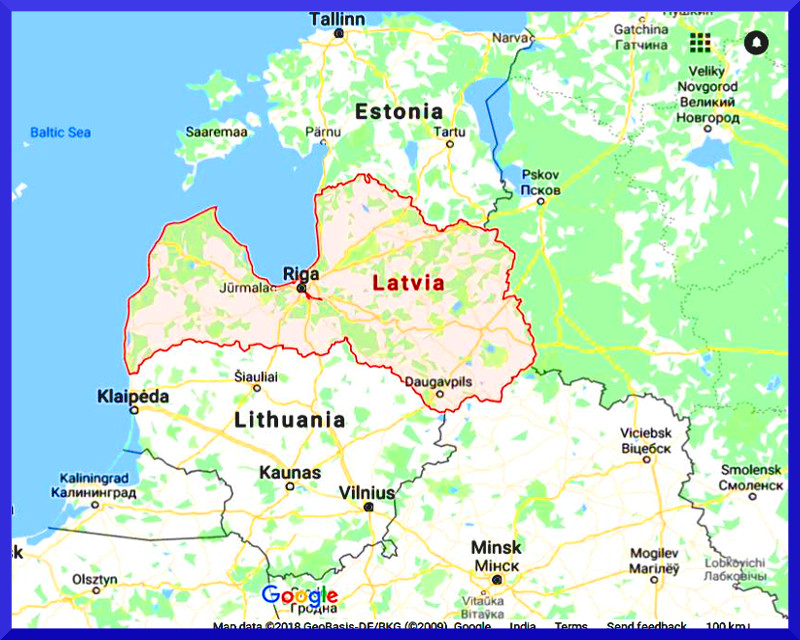#025 Reply to Shri lATvian about trejdevinas
latvian has left a new comment on your post "OLD SAXON ENGLISH, LATVIAN, LITHUANIAN, OLD PRUSSI...":
to `kalpa` similar is latvian word `kalps' which mean a servant or a menial, `kalpo` is serving, `kalpot` to serve, `kalpone` a maid, `pakalpīgs` complaisant, obliging, etc.
hindi `kalpa-druma` is like `kalpdrums`or `palīgdrums, however latvian language doesn`t have and doesn`t have need to use that form due climatical circumstancies here, because trees here can grow without human care, however these word-forms are literaly correct.
In today Latvia ancient calendar is not popular, because we have 7 day week, ancient calendar is mostly used for interesents first, then ancient religy practics, also big part latvians are holding fest dates in mind, some dates are common to today cristian important dates. Also, weather anticipation traditions by weather in special dates is used. Latvian calendar is not hard to keep in mind.
Latvians are good ancient tradition keepers, not all, and many people here know which dates begins next ancient month. The most energetic called here is summer solstice, with the most energy in many aspects and fertility too. It is Līgo and Jāņi fest 23th june sunset to 24th sunrise night. In this culmination days (21-23 june) ancient baltics specially collected various herbs from fields for medical purpose, because herbs were the most active in cure.
Ancient latvians had magical numbers, as it is readable in latvian folk songs: 3,6,9,12,3x9 (trejdeviņas) (filologists doesn`t understand yet is it 27, 39 or 999).
ybrao a donkey's replies
Aryans seem to attach great importance to the number 9, rather than 7.
For trejdevinas, the interpretation of 27 seems to be more appropriate.
Reasons: The nakshatra (star-area) system followed in Indian-Aryan astronomy/astrology has some settings using 9 and 27.
Zodiac of 12 constellations is the path of Sun's travel on celestial path. (Or Earth's orbit.)
Indian astronomy/astrology divides this 360 circular path while accepting the division into 12 constellations, has also divided the whole distance into 27 nakshatras (star-areas, not exactly stars). Each nakshatra will have four legs-feet (pAdas-Latvian: paedi?). 27x4 = 108 pAdas or feet.
These 108 pAdas-feet, when distributed among 12 zodiac-constellations-called rASi, gets 108/12= 9 feet.
Examples: The constellation Aries (mEsham-goat) gets nakshatra aSvin 4 feet, nakshatra bharaNi 4 feet, and nakshatra krittika (pledius) 1st foot of its 4 feet. Total 9 feet.
The constellation Taurus (vrishabham-bull) gets nakshatra krittika 3 ft, rOhiNi (aldebaran) 4 ft, mrigaSira (lamda orion) 2 feet, total 9 feet, make taurus.
The constellation Jemini (mithunam-couple of husband and wife) gets nakshatra mrigaSira 2 feet, Arudra (also Ardra betelguese) 4 feet, punarvasu 3 feet, total 9 feet, make jemini.
So on, and so forth. Here is a link to wikipedia, for ready reference:
http://en.wikipedia.org/wiki/Nakshatra.
Thus 9 and 27 are very important. Hence trejdevinas, can be 27.
I am unable to trace anything in Sanskrit, which shows the importance of 39 or 999.
vAlmiki rAmAyana, the Sanskrit Epic is considered as the first literary work in India (vEdAs are considered as sacred scriptures (also samhitas), but are not regarded as literary works. vAlmiki rAmAyaNa, whenever some auspicious days are to be referred to, mentions about nakshatras (27 above), but does not mention about day of the week or the lunar fortnights.
atharvaNa vEda (the 4th vEda) contains numerous procedures for curing diseases, self-defence procedures against enemies, offense procedures against enemies, etc. using herbs and chants. For certain procedures, 27 nakshatras are used.
Apart from the constellations of zodiac (aries, taurus etc.), UrsA Major and Pole-star are very important.
Here is an image from apod.nasa.gov.
The set of seven important stars in the Ursa Major is called saptarshi manDalam = The zone of seven sages. The second star of it from the tail of the kite, is called vaSishTha considered as leader of the seven sages. His wife is called arundhati. Some Hindu marriage rituals have a procedure of the priest showing the vaSishTha and arundhati to the bride and bridegroom, pointing to the Northern Sky. It will be a pleasant proposition to identify the Stars during night time.
Pole-star is considered as an important adjunct of this saptarshi manDalam.
This little dipper pole-star can be easily identified with naked eye by drawing a straight-line downwards from the left two vertical stars of the quadrilateral of the Ursa Major.
In Indian astronomical literatue, pole-star is called 'dhriva nakshatram' or the 'star of the dhriva'. The story of dhriva is identified with Lord VishN. According to mythology, Lord VishN blessed the child dhriva, to become a glorious star and shine in the polar sky, appearing year round without rising any and setting. For us from India, pole-star is visible on the Northern sky, without changing its position technically. It changes its position, but not much, whereas Ursa Major rises and sets quite clearly. Its neighbor stars of the Zodiac i.e. the members of Cancer, Leo also rise in the East and set in the West, they reach their apex-zenith at some point of time in night etc.
What I wish to highlight here is, Indians attach great importance to the North Pole-star, and Ursa Major. I understand that pole-star and Ursa Major will be straight over-the-head (also called culminating) in Norway-Sweden. Probably, they may be at a culminating level (apex-zenith or mid-sky at top) even in Riga.
All these stellar connections are important for understanding the viShn-Lakme mAtE God-Goddess relationshp of India and lATvia. (To continue with more information).

Comments